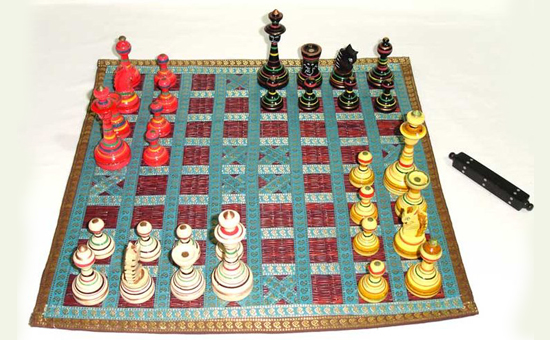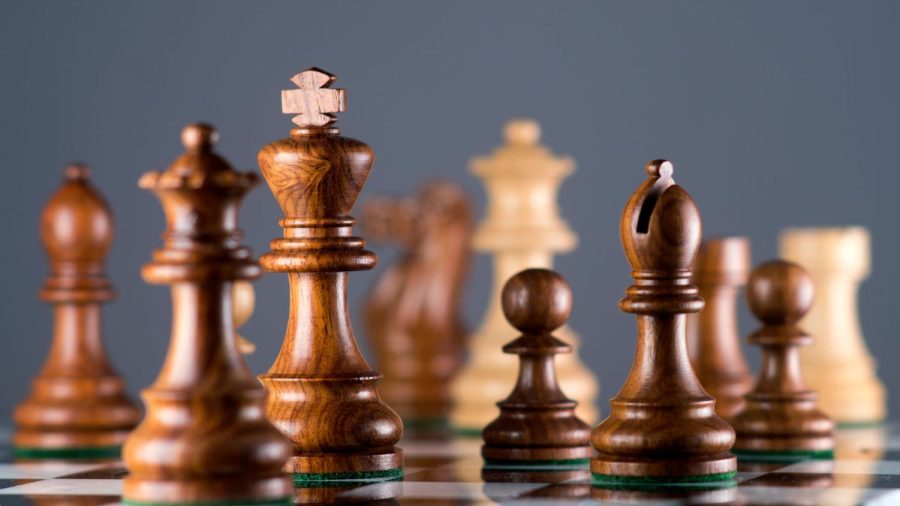Why Chess Has Flourished Throughout History
Everyone knows about chess. While not every person on Earth knows how to play it, each and every human knows of its existence. But why? Why did chess become so big that even hundreds of years later it is still a beloved hobby (or occupation) by millions, possibly billions around the world? This article is here to give you the answer to that question and many others.

The creation of chess is credited to a Grand Vizier in India named Sissa Ben Dahir, who made it as a gift for his king, Shiriam of India. Now, this is only a legend and should be taken with a grain of salt, but the original form of chess was called Chaturanga. The specific rules about Chaturanga have been lost to the passage of time, but it is believed to be similar to its successor, Shatranj, which is more akin to the modern-day form of chess, with a few minor differences such as piece names and the movement of the queen.
Later on, around the 13th century, a Spanish manuscript described the rules of multiple games such as dice, backgammon, and of course, chess. The rules described in the manuscript called Libros de Los Juegos (literal translating meaning Book of the Games) are almost identical to the version you may have grown up playing. There are similar names and movements for each piece, but due to the era, chess could never get too popular thanks to the life of common people in 13th century Europe.
Chess truly became a worldwide phenomenon in 1873, when Wilhelm Steinitz turned chess, typically a game about strategy, into a scientific equation. He found a way to break down each move and prepare plans in advance to counter an opponent. It was during this time that people began to see chess as a sport instead of a pastime. Numerous groups around the world began chess clubs to compete with others. The sport grew in popularity more and more until almost anyone could pick it up and play immediately.

Chess has stayed the same for hundreds of years and evolved into a beloved sport and game. While the history of chess is both vague and expansive, the story of how it rose to stardom is simple and straightforward. There is one more thing that I want to mention which didn’t really fit into history, but to me is one of the most interesting pieces of history. That is the story of IBM’s Deep Blue, the first ever chess computer to beat one of the greatest chess players of all time, Garry Kasparov. While Kasparov won the first challenge against Deep Blue, a few years after that first bout, a new and improved Deep Blue beat him just barely, making history. Sadly, Deep Blue was deconstructed by IBM after beating Kasparov. But chess is still beloved, and there are numerous national and international competitions, even our own school has a chess club, while I can’t give too much information about it as I don’t know a lot about the club itself, I can tell you that the club is sponsored by Mr. May, and they meet every Tuesday. The club is full of people passionate about a game they love, and that’s the most important thing for a game or a sport, no matter what it is. Go Knights!












